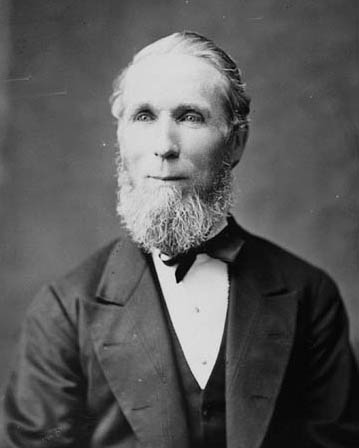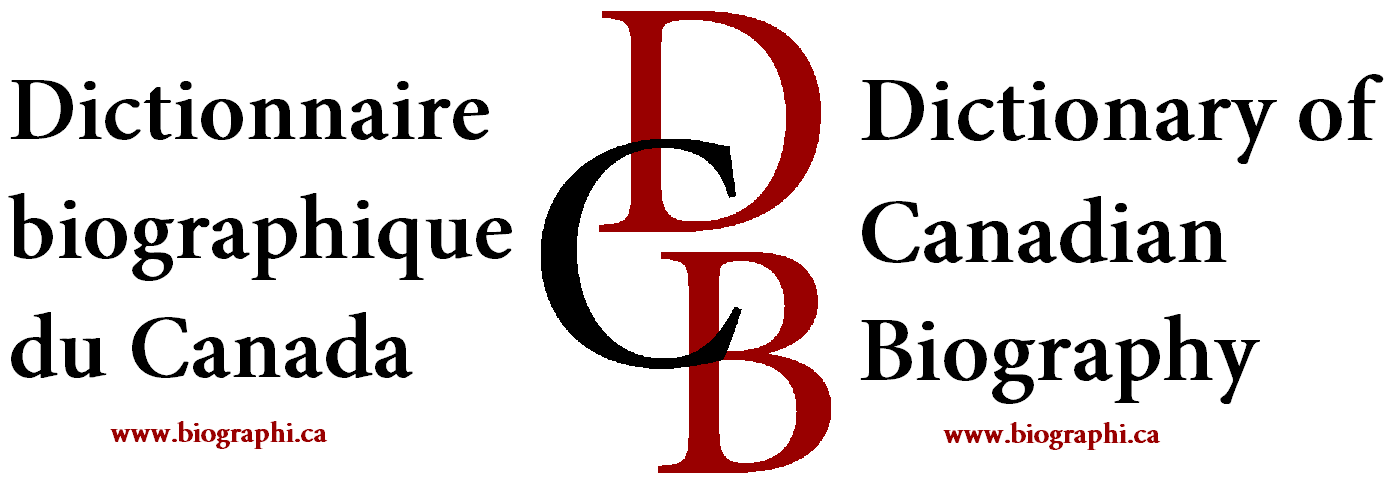Mr. THOMPSON (Cariboo) moved the adoption of an address to HIS EXCELLENCY the GOVERNOR GENERAL,
praying that he will take the necessary steps to have the boundary line between British
Columbia and the North-West Territory (especially towards the North-Eastern boundary
of the former) defined without delay, in view of the anticipated extensive immigration
to the recently discovered gold mines on the Arctic Watershed. He said he would state
briefly the reasons which led him to submit the motion to the House. The miners who
had settled in the Stikeen River country had ascended the river 160 miles, and crossed
the high-land separating the waters which ran into the Pacific Ocean by the Stikeen
from those which ultimately flow into the Arctic Ocean by the Mackenzie River. During
three months, because the miners reached there late in the season, between one million
and one million and a quarter of dollars worth of gold was taken out of the streams
tributary to the Mackenzie. A number of miners had gone two hundred and fifty miles
further up than
FEBRUARY 22, 1875 263
any point hitherto discovered ; laid in a stock of provisions there, and were engaged
in prosecuting mining operations in that section. In travelling through an unsettled
country it was impossible for those men to know when they crossed the boundary line
separating British Columbia from the North-West territory, and passed under different
jurisdictions. The Chief Justice of British Columbia, on a trip made into that section
last year, took observations from which he came to the conclusion that the mines then
being worked were between 58 ° and 59 ° parallel of north latitude—the boundary line
being at 60 ° —and when the miners proceeded between 250 and 300 miles further in
a north-easterly direction, it was impossible for them to know when they might strike
one of the boundaries of British Columbia, and therefore whether they were within
the jurisdiction of British Columbia or the North-West territory. He believed there
was no officer of the North-West Government in that section of country, and it was
therefore highly important that either two boundaries be definitely settled, or powers
be delegated to the British Columbia Government to exercise jurisdiction on the boundaries
of the North West territory.
Hon. Mr. MACKENZIE said the Dominion Government would have, in the first place, to take steps to ascertain,
as far as possible, from existing documents, where this boundary should be located,
and then they would determine what steps should be taken in connection with the Columbia
Government to determine the boundary. Communications woud, therefore, have to take
place with the Columbia Government on the subject. He hoped the motion would not be
pressed, because the matter would be dealt with by the Government as a matter of course,
and it could only be dealt with, in the first place, by correspondence with the Local
Government.
Mr. THOMPSON said that on the understanding that the matter would be brought before the Provincial
Government by the Dominion Government, which he hoped would be done without delay,
he would withdraw the motion.—Motion withdrawn.



 This individual participated in:
This individual participated in:

 This individual participated in:
This individual participated in: